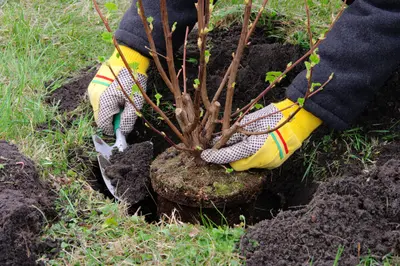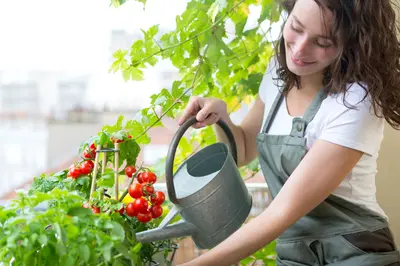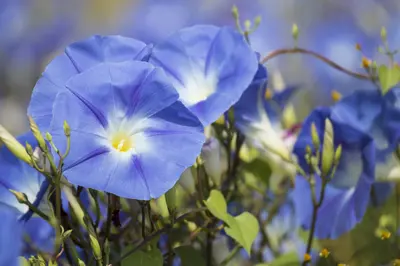
It’s a symbol of love, and the subject of sonnets, but above all, the rose is one of our most popular and beautiful garden plants. Despite their elegant appearance, roses are surprisingly tough and easy to grow, and there’s one to suit every garden.
Roses for small spaces
Even a balcony garden has space for a rose. For truly tiny spots, miniature roses are ideal, growing to just 30cm (1ft) tall. Patio roses grow to around 60cm (2ft) tall, while patio climbing roses reach around 1.5m (5ft), and all grow happily in pots. Choose a pot at least 45cm deep, to give the roots space. Water regularly, feed fortnightly with a high potash feed in spring and summer and top-dress with fresh compost in spring.
Top roses for pots:
- Rosa ‘Ballerina’
- Rosa ‘Nice Day’
- Rosa ‘Pour Toi’
Scented roses
One of the best things about roses is their delicious fragrance, ranging from rich heady perfumes to light, delicate scents. Some modern varieties bred for the cut-flower market have lost their scent in the breeding process, but luckily, breeders are still coming up with new scented varieties that flower for weeks on end.
Top roses for scent:
- Rosa ‘Compassion’
- Rosa ‘Winchester Cathedral’
- Rosa ‘Gertrude Jekyll’
Roses for shade
Ideally, roses need six hours of sun a day to do well. However, if your garden is shady there’s no need to despair, as there are a few hardy roses that will cope even with north or east-facing positions.
Top roses for shade
- Rosa ‘Mme Alfred Carrière’
- Rosa ‘Generous Gardener’
- Rosa ‘Fruhlingsgold’
Common rose problems
Although roses are tougher than they look, there are a few pests and diseases that can cause them problems.
Black spot is a notorious fungal disease that causes black spots on rose leaves and can weaken badly affected plants. For the best chance of fighting it, choose disease-resistant varieties such as Rosa ‘Wisley’ or ‘Claire Austin’. Feed and mulch your roses to produce strong plants that can fight off infection, and clear away all fallen leaves. If all else fails, spray with a fungicide.
Aphids can be a problem in spring, attacking new leaves and buds. Wipe them off by hand, or spray with insecticide, but avoid spraying once the plants start flowering, to avoid harming pollinators.
Pruning
New rose growers are often nervous about pruning, but in fact, it’s very straightforward. Bush roses should be pruned in late winter or early spring. Remove any dead or crossing branches and all spindly growth, then cut the remaining stems down by a third, just above an outward facing bud.
Prune climbing roses in late winter as well. Remove any dead wood and cut back flowered shoots by two-thirds. Tie in new growth so that it lies as horizontally as possible, to encourage new flowering shoots.
There’s a rose for every garden, so visit the garden centre to find the perfect one for you!




